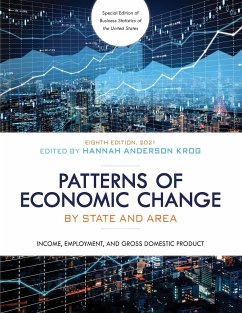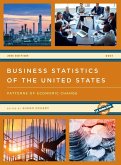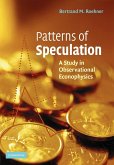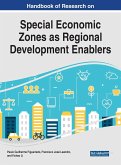Patterns of Economic Change by State and Area: Income , Employment, & Gross Domestic Product presents data on personal income, employment, and gross domestic product for the United States as a whole, the seven regions, each state, and over 350 metropolitan statistical areas.
Hinweis: Dieser Artikel kann nur an eine deutsche Lieferadresse ausgeliefert werden.
Hinweis: Dieser Artikel kann nur an eine deutsche Lieferadresse ausgeliefert werden.








